The rapid development of digital technology triggered the rapid development in the consumer electronics segment. As a result, companies have developed a huge number of various innovative solutions, radically expanding the functionality of home appliances. Modern robot vacuum cleaners, multi cookers, coffee machines, etc well illustrate this process.
Of course, high-tech TVs are fully consistent with this trend. HDR technology, including HDR10 +, HLG and Dolby Vision standards with 10 and 12-bit color depth, HDMI 2.1 standard with 48 Gbps, 4K and even 8K resolution, HFR (high frame rate) format, etc are the most popular innovations in this field.
But the support of these technologies demanded a dramatic expansion of the video processor and matrix capabilities that ensure the image formation on the TV screen. As a result, leading companies have concentrated their efforts on the development of these areas and have developed several fundamentally new technologies. As a consequence, modern televisions use two basic types of matrixes (LED LCD and OLED) and several technologies, including QLED (Samsung) and Nano Cell (LG) on quantum dots. In fact, QLED and Nano Cell can be positioned as an improved LED LCD version. As known, they use an additional nanofilter with nanoparticles between the LED panel and the LCD screen. This element significantly improves brightness control, providing more accurate color rendering.
Real image on TV screen
In general, the image on the screen is to some extent an illusion. In reality, the human eye sees a rectangular array of pixels closely adjacent to each other. At the same time, each pixel glows with its own color. The enormous density of the location provides their perception as a single array in the form of objects, and not as a discrete set of luminous bulbs.
In turn, each pixel contains three subpixels of red, green, and blue.
Their various combinations form all the colors of the visible spectrum of any brightness, from completely black to peak matrix brightness. However, companies are constantly improving color technology. As a result, modern matrixes use several technologies with different numbers of subpixels. For example, Sharp’s Quattron technology uses an extra yellow subpixel.
In fact, the number of pixels is the matrix resolution. For example, for FullHD it reaches 1920 (horizontal) x 1080 (vertical) = 2,073,600 pixels.
Operation principle
Image generation uses the following algorithm. The backlight uniformly illuminates the entire screen. Light sequentially passes through several layers, including a polarization filter (preparing the light for processing), a liquid crystal (controlling the brightness of a subpixel by changing its polarization) and a second polarizing filter (converting the angle of light polarization to the corresponding brightness of the subpixel).
In fact, polarizing filters provide brightness control. As known, any elementary beam of light has its own polarization angle. All light sources, including visible light from the sun, from light bulbs, from fire and, including, from backlight diodes, contain beams with different polarization. But the polarization filter transmits beams of different polarization with different intensity. In other words, it filters out all the components of polarization, except those that are parallel to its own grid. Accordingly, it separates chaotic non-polarized light, passing only certain polarization, for example, horizontal.
Operation example
The following example illustrates the formation of the desired hue for each pixel. As known, liquid crystals change the polarization angle of the transmitted light flux under the influence of an electric field. For example, the control system generates voltage 1 at the first subpixel, 0.5 at the second subpixel, and «0» at the third subpixel. Accordingly, the beam polarization rotates 90 degrees when passing through the first subpixel (vertical polarization), 45 degrees on the second subpixel and does not change on the third subpixel.
Further, these beams pass through the second polarizer. Accordingly, the light from the first subpixel is completely filtered out, since its polarization is opposite to the direction of the filter grid. The second subpixel will glow at half the brightness, and the third subpixel at full brightness. Accordingly, the red component of the pixel will be absent, the green – 50%, the blue – 100%. As a result, their combination will form a sky blue color. This RGB Color Model illustrates the formation of hues as a result of mixing colors in various proportions.
In fact, the liquid crystal of each subpixel works as an anti-bulb. The subpixel is opaque in the presence of voltage and transmits light in its absence. Each subpixel is connected to a circuit with two pins for supplying control voltage.
One contact connects with a vertical wire on the matrix, the other with a horizontal wire. Accordingly, the controller, based on commands from the video processor, alternately supplies a certain voltage level to each such combination, providing control for each subpixel of the screen.
The image refresh rate corresponds to the control voltage supply frequency, for example, 60 Hz.
Conclusion
Thus, subpixels form a specific color and brightness for each pixel, rows and columns of pixels form one frame, the sequence of rapidly changing frames creates the illusion of a movable image on the screen, and we enjoy the plot of an exciting thriller.
OLED matrix use diodes with its own glow, which do not require additional backlighting. But in general, it also forms an image, controlling the color and brightness of each pixel. In fact, absence of the backlight is its main structural difference.
Of course, the development of efficient matrices and powerful modern video processors has allowed companies to dramatically increase the screen resolution, frame rate and color gamut, which directly affect the image quality.
This video simply and visually illustrates the magical process of turning signals into an exciting colorful thriller.
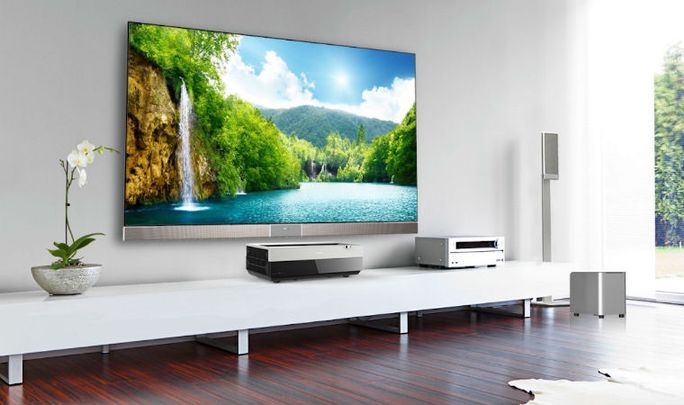
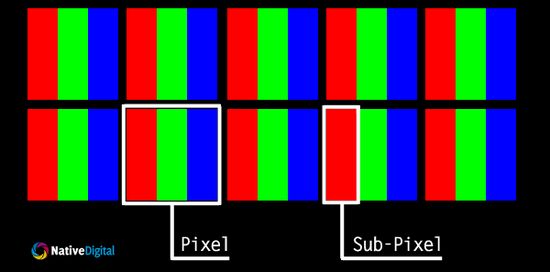
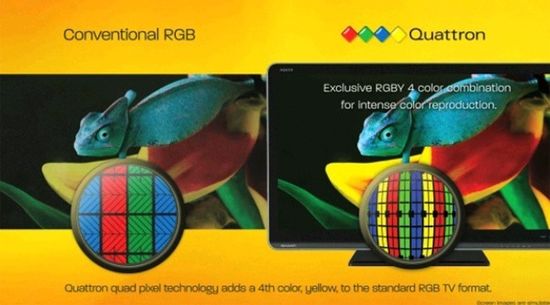
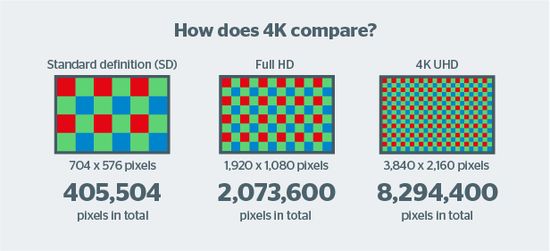
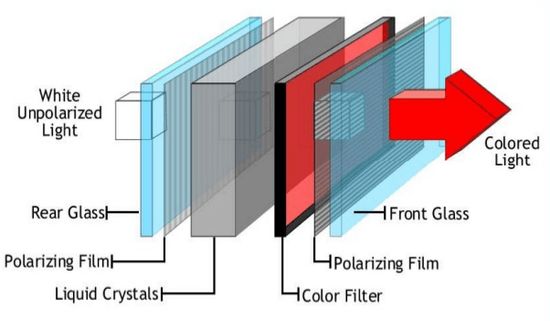

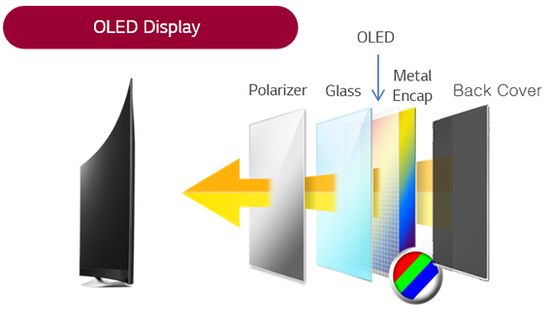
Pingback: OLED vs LED vs QLED - The Appliances Reviews